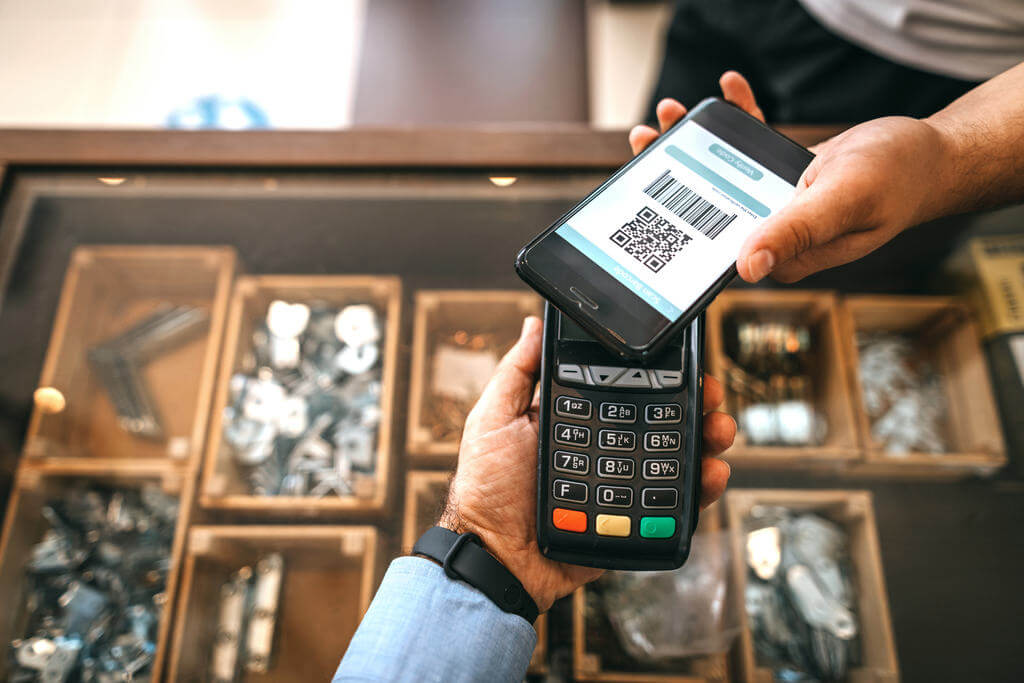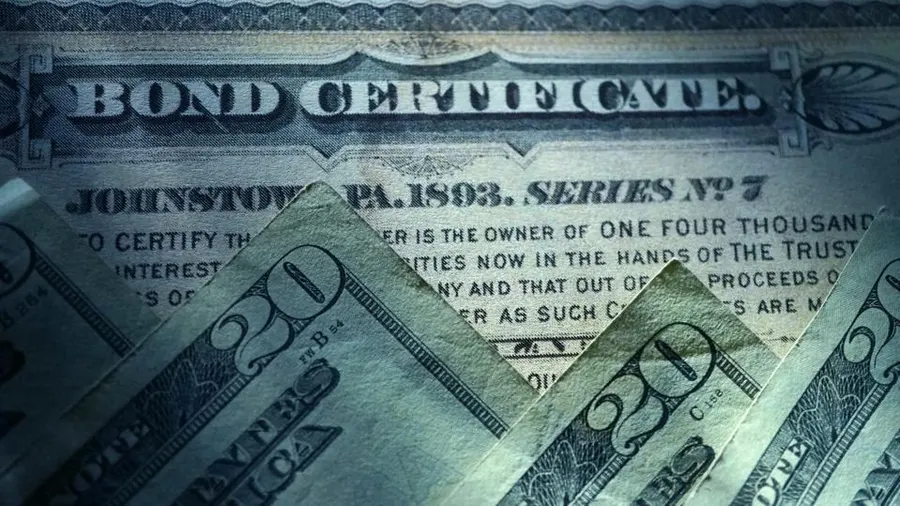The financial landscape of the United States is undergoing a significant transformation, primarily driven by advancements in digital payments. The shift from traditional methods to modern, tech-based solutions is not only reshaping how transactions are conducted but also how consumers and businesses interact with one another. Today, we’ll explore the trends and emerging technologies defining the future of digital payments, offering insights into what lies ahead.
Anúncios
From seamless transactions to enhanced security measures, the world of finance is rapidly evolving. Companies are investing heavily in innovative solutions to stay ahead of the curve, ensuring that consumers enjoy a more convenient and safe payment experience. Join us as we delve into the exciting developments paving the way for the next generation of monetary transactions in the US.
Emerging trends in payment solutions

The digital payment landscape is marked by several notable trends that highlight the rapid pace of innovation. One such trend is the steady rise of contactless payments. Fueled by the demand for convenience and speed, methods like tap-and-go cards and mobile wallets are becoming increasingly popular. Their ubiquity is evident in everyday transactions, from grocery stores to public transit systems.
Another significant trend is the integration of Artificial Intelligence (AI) and Machine Learning (ML) in payment systems. These technologies are enhancing fraud detection and providing personalized financial services to consumers by analyzing their spending habits. This makes transactions not only safer but also more efficient, tailoring experiences to individual preferences.
Lastly, biometric authentication is making its mark by offering an added layer of security. Using fingerprint or facial recognition, these systems ensure that payments are authorized by the correct individuals. This reduces the risk of fraud while making the process quicker and more user-friendly, showcasing a blend of security and convenience.
Contactless payments
Contactless payment methods have gained significant traction, especially in the context of the COVID-19 pandemic. The need for hygienic transactions has accelerated the adoption of these methods across various sectors. Consumers favor them for their ability to conduct secure, fast, and contact-free transactions, reducing the need for physical exchange of cards or cash.
Businesses, recognizing this shift in consumer behavior, have been quick to integrate contactless options into their payment systems. From retail stores to transportation services, the use of Near Field Communication (NFC) and Radio Frequency Identification (RFID) technologies is becoming a standard feature.
As a result, the infrastructure supporting contactless payments is expanding, paving the way for more widespread adoption. This trend represents a significant step towards a cashless society, characterized by speed, security, and ease of use, redefining traditional payment practices.
Artificial intelligence and machine learning
AI and ML are revolutionizing the financial sector by offering advanced algorithms that enhance various aspects of digital transactions. One of the critical areas where these technologies are making an impact is fraud detection. By analyzing transaction patterns, AI systems can identify unusual activities, flagging potential fraud before it affects consumers.
Additionally, AI and ML are being used to create personalized financial experiences. By examining an individual’s spending behavior, these technologies offer tailored advice and financial products, helping users make informed decisions. This personalization extends to customer service, where chatbots powered by AI provide real-time assistance.
The incorporation of these technologies not only improves security and efficiency but also ensures that services are more aligned with user needs. This leads to a more satisfying and secure experience, driving the future of payments forward through intelligent solutions.
Innovative technologies shaping transactions
The payment ecosystem is embracing a plethora of innovations designed to enhance both security and user experience. Blockchain technology, initially associated with cryptocurrencies, is finding new applications in this domain. Its decentralized nature ensures secure, transparent, and immutable transactions, reducing the risk of fraud and enhancing trust.
Another noteworthy technology is the Internet of Things (IoT). IoT-enabled devices, ranging from smart refrigerators to connected cars, are being integrated into the payment process. These devices can facilitate automatic purchases and payments, streamlining tasks and enhancing convenience.
Furthermore, digital currencies and central bank digital currencies (CBDCs) are gaining traction. These crypto-based currencies offer the promise of faster transactions and lower costs, while CBDCs provide the stability associated with traditional currencies, backed by their respective governments. Together, these technologies are set to redefine the financial landscape.
Blockchain technology
Blockchain stands out as a transformative force in the realm of digital transactions. Its decentralized ledger system ensures that every transaction is recorded across multiple nodes, making it immutable and highly secure. This transparency and security make blockchain an ideal solution for minimizing fraud and improving trust between parties involved in a transaction.
The potential of blockchain extends beyond cryptocurrencies, with its applications being explored in various sectors, including supply chain management and healthcare. As blockchain technology continues to evolve, its role in enhancing the safety, speed, and transparency of digital transactions is expected to grow, making it a cornerstone of future payment systems.


